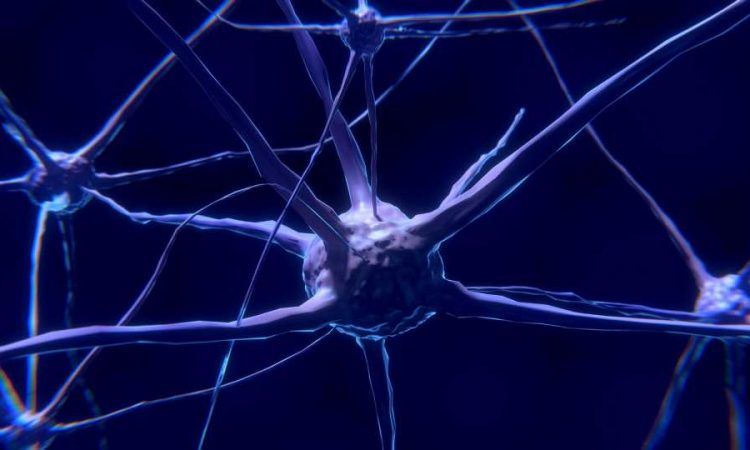
For more than 25 years, Richard Huganir, Ph.D., Bloomberg Distinguished Professor of Neuroscience and Psychological and Brain Sciences and director of the Solomon H. Snyder Department of Neuroscience, at the Johns Hopkins University School of Medicine, has studied the protein SYNGAP1 that is now known to be linked to a group of neurodevelopmental disorders that are usually diagnosed during early childhood.
Working with biotechnology companies to find new therapies for the conditions, his team at Johns Hopkins Medicine reports it has developed new mouse models that more accurately represent genetic mutations in people who have SYNGAP1-related disorders.
The new collection of mouse models, now available to scientists developing treatments, have several variations in the SYNGAP1 gene, which were discovered to cause conditions marked by seizures, cognitive impairment, social deficits and sleep disturbances. The work has been published in Proceedings of the National Academy of Sciences.
The SYNGAP1 gene, found also in humans, makes proteins that regulate synapses, the space between two neurons where they trade chemical and molecular messages. When SYNGAP1 is mutated, as in the case of SYNGAP1-related disorders in people, neurons make less of the protein in the synapse, and learning and memory are impaired.
In other mouse models, called “knock-out” models, the SYNGAP1 gene is removed entirely. Huganir says both the knock-out models and the new versions—”knock-in” models, which carry a variety of SYNGAP1 mutations linked to the disorders—will be helpful in finding therapies that boost SYNGAP1 protein production.
More information:
Yoichi Araki et al, Mouse models of SYNGAP1 -related intellectual disability, Proceedings of the National Academy of Sciences (2023). DOI: 10.1073/pnas.2308891120
Journal information:
Proceedings of the National Academy of Sciences
Source: Read Full Article
